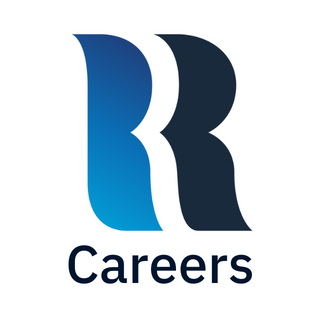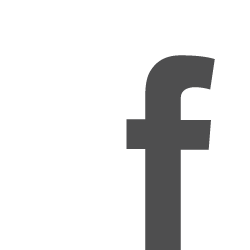
The Colors of Success

Did you know that the colors you wear affect how other people perceive you? Knowing how color theory functions in a business setting can help you control the image you project in certain high-pressure situations, like job interviews, presentations, or sales pitches.
We covered a few generic tips for how to dress for a successful interview, but let’s take it a step further and discuss what the individual colors in your closet might say about you – even when you aren’t actually saying anything.
Black
Black is a classic color – it’s sophisticated, elegant, and commands power and respect. If you’re interviewing for a leadership position, you can strategically use black to convey confidence. This might mean wearing a crisp, all-black suit or dress with matching closed-toed black heels. For a more relaxed situation, you can accessorize with a black tie or jewelry. Black is versatile and pairs with almost any other color, so if you’re interviewing for a creative position, try pairing black slacks with a colorful blouse to show off your artsy side.
White
Another neutral that pairs well with other hues is white. It’s neutral not only in terms of color theory but also in the psychological context. It’s clean, inviting, and simple, and it’s the chosen color of monks, priests, and brides because it underlines safety and simplicity. If you aren’t sure how you want to portray yourself, white is suitable because it isn’t too revealing of your personality. Much like black, classy white works both as a base and an accent color.
Blue
Fun fact: blue is one of the rarest colors in nature. As a result, most of its psychological connotations come from the sky and the ocean – calmness, peacefulness, confidence, wisdom, and honesty. When you give a sales pitch and need to win a prospect’s trust, blue is an excellent choice to convey confidence in your product or service. Another perk of leveraging blue is that you can work with a variety of shades – lighter and brighter hues catch attention, while a darker tint is safe for more conservative, professional roles.
Brown and Gray
Earthier, natural tones like brown and gray communicate that you’re logical, reliable, and independent. For more technical roles, these tones can demonstrate that you’re analytical with excellent critical thinking skills. However, they may also suggest that you’re old-fashioned, so if you’re pursuing a position in a more fast-paced, innovative environment, we suggest choosing a different base color and using these as accents.
Red
While intense and inappropriate for more serious situations, red can also convey passion and boldness. It’s associated with dominance, power, and danger, which is why it’s often used in branding and advertisements. Biologically, simply seeing red increases the heart rate because it’s one of the most visible colors in the spectrum, which is also why it’s used in “warning” and “danger” signs. Red grabs attention, and it’s a great choice for situations where you want to put yourself in the spotlight.
Yellow and Green
Bright, attention-grabbing colors like yellow and green suggest that you have a fun personality and evoke optimism – perfect for an interview at an energetic start-up! We often associate these colors with life and vitality – after all, they occur naturally in the sunshine and healthy plants. Yellow releases a brain chemical called serotonin, known as the “happy chemical,” which boosts overall mood. Green can communicate growth and renewal, which is important to employers seeking lifelong learners.
A word of caution for brighter colors like red, yellow, and green: avoid distracting your audience from what you’re saying with excessively colorful clothing. You want them to remember what you taught them or what you can bring to the table…not your fashionable fire engine-red pantsuit. We suggest rocking these colors in smaller amounts, like one article of clothing or a fun pair of shoes.
What do you want your audience to think of you? After all, appearance can make or break someone’s first impression. So, while you can’t physically get inside their brain, you can use these psychological tricks to subconsciously direct that first impression in your favor.
Ready to raid your closet and make a great first impression on our recruiters? Browse current job opportunities here.
















